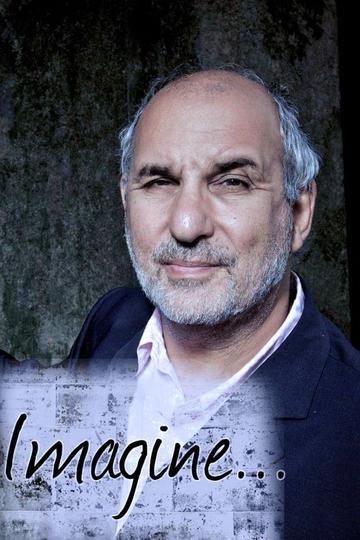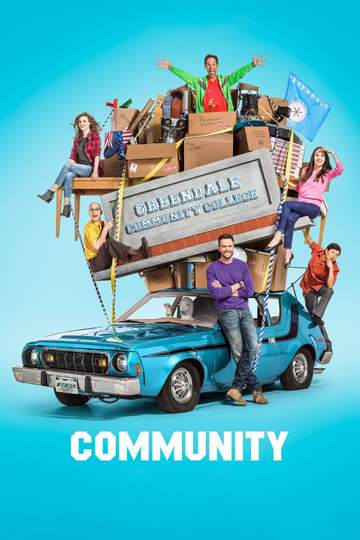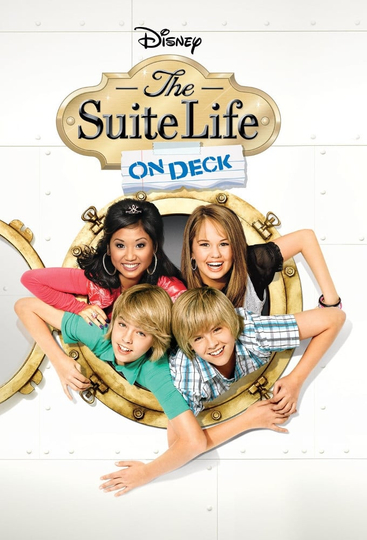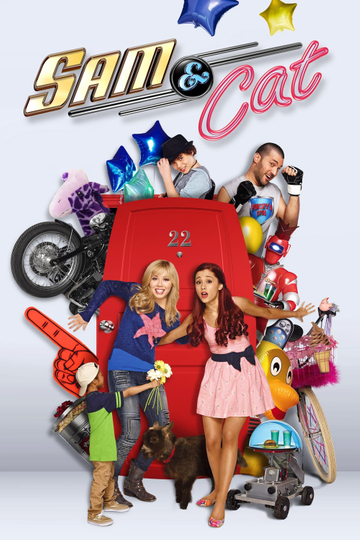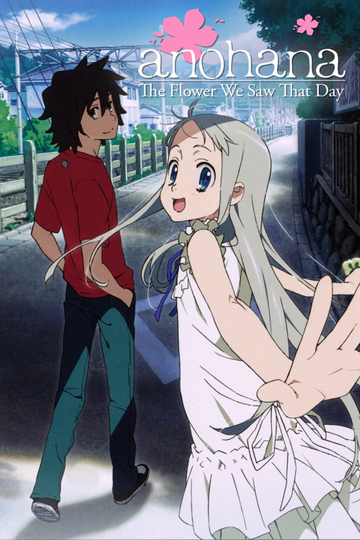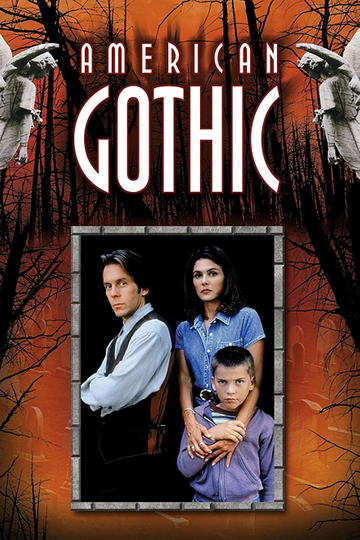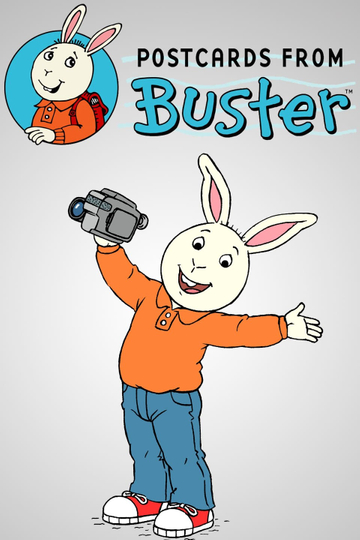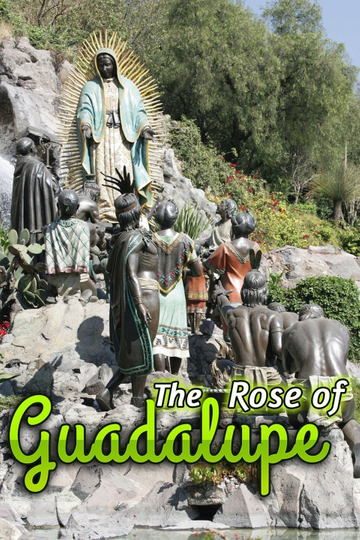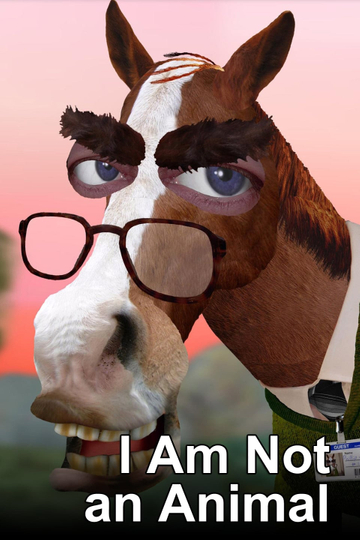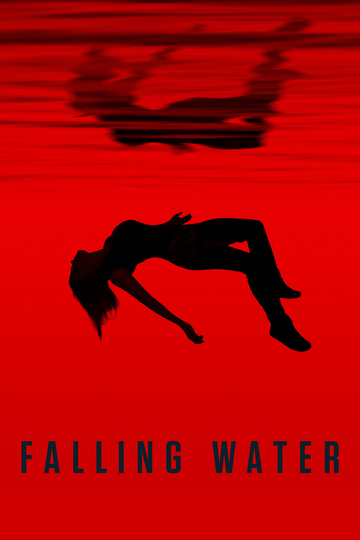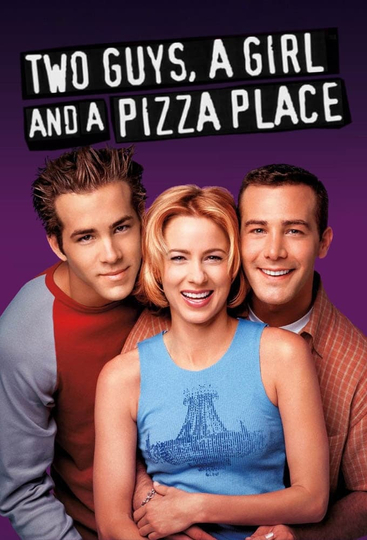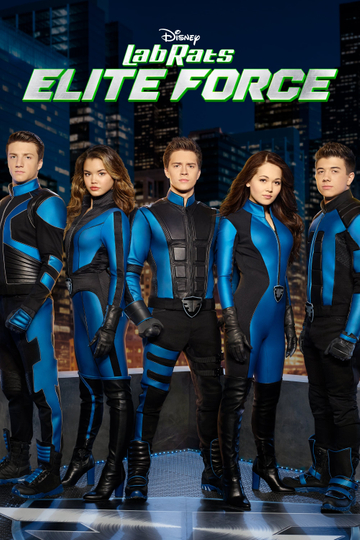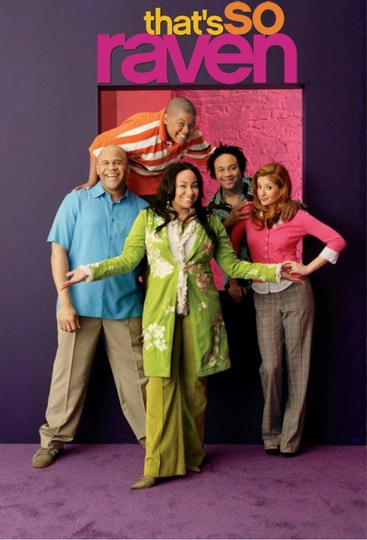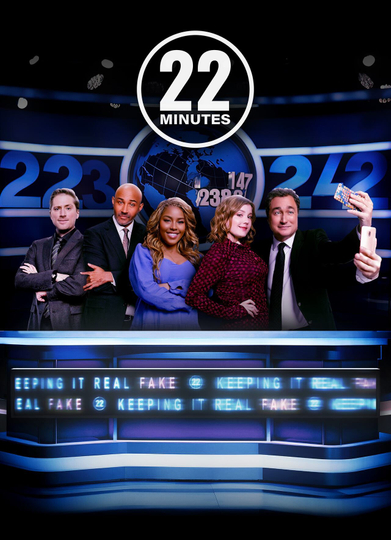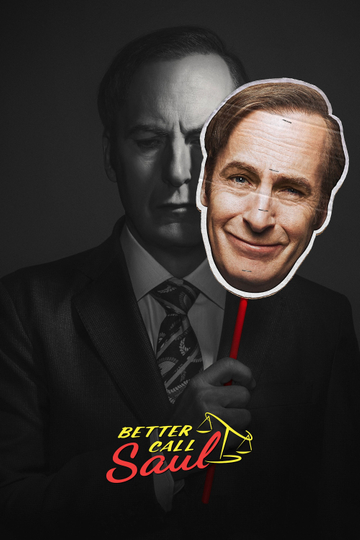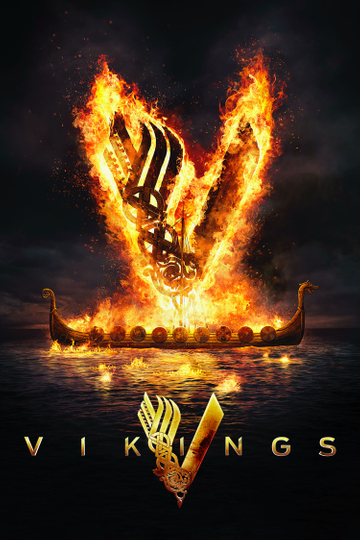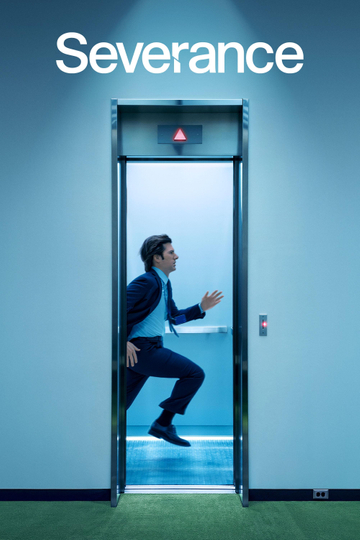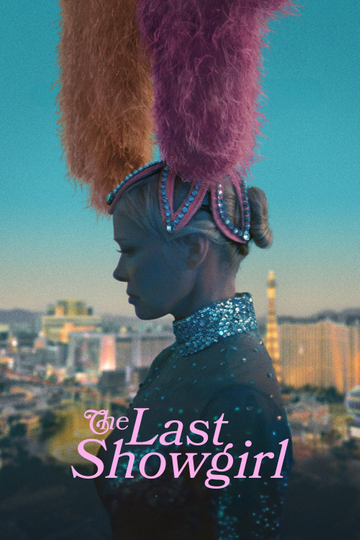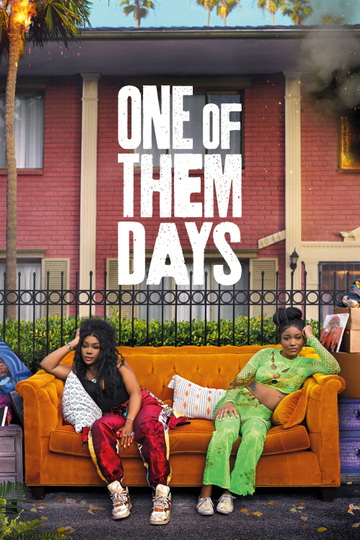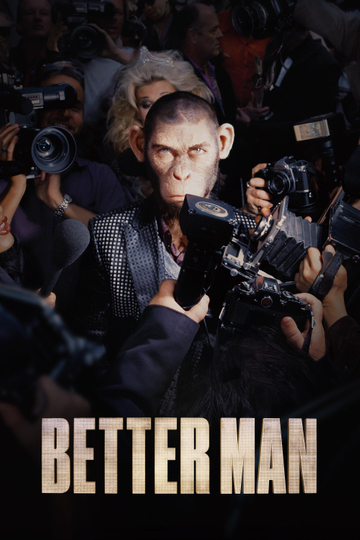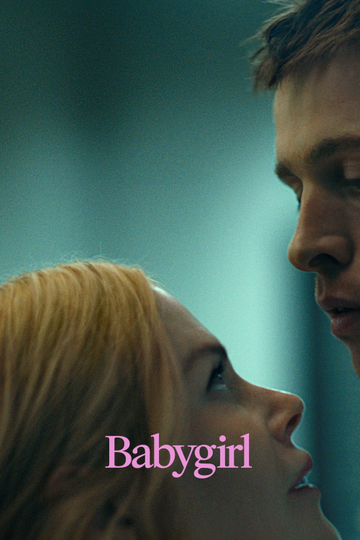Autumn 2006 Episodes
1. Peter Pan, a Hard Act to Follow
To coincide with the publication of upcoming sequel Peter Pan in Scarlet, Alan Yentob presents a documentary which explores why JM Barrie's character has such lasting power and mythical status and looks at the secret behind its eternal appeal. He goes in search of the real JM Barrie, visiting the remote Scottish island of Eilean Shona, his home town of Kirriemuir near Dundee, Black Lake in Surrey where Barrie played, and Kensington Gardens, where Peter Pan was born.
2. Velazquez, The Painter's Painter
Imagine presents a portrait of the artist regarded by many as the greatest painter of all time. Court painter to Philip IV of Spain, Velazquez is the artist other painters most admire, and his masterpiece, Las Meninas is considered the high point of European Art - yet he virtually abandoned his art for material gain and social ambition.
3. A Play for Today
Alan Yentob presents a documentary about Jeremy Weller's attempts to get his play The Foolish Young Man ready in time for the reopening of Camden's Roundhouse theatre. His main problem is that he has only one actor, David Harewood, on his team. The rest of the cast is made up of young people from the streets, drop-in centres, those excluded from school and kicked out of home.
4. The Movie Brats, Take Two
Something interesting seems to be happening in American cinema, with a new group of maverick American directors led by Steven Soderbergh and Quentin Tarantino having emerged to revitalise Hollywood. They include directors such as Wes Anderson, Alexander Payne and David O Russell. Alan Yentob meets them and asks how they managed to radicalise American cinema with Hollywood backing.
5. Who Cares About Art?
Documentary which tells the stories of five people who spend their days guarding great treasures in museums and galleries. Some have tragic personal stories, and all began not caring or knowing much about art, but they feel that spending their days surrounded by the world's greatest masterpieces has been their salvation.
6. Hans Holbein - International Man of Mystery
Hans Holbein, long recognised as the father of British painting, is an artistic enigma, wrapped up in historical myth and nationalist hyperbole. Holbein, so the story goes, was a child prodigy, who famously branded Henry VIII, painted his courtiers and then his brides and spied for his ministers, before ending his life in debt. But how much of this is true? In this film, Alan Yentob goes in search of the real Hans Holbein. It's a detective trail that takes him to Basel in Switzerland, where Holbein spent his early years, as well as across the length and breadth of Britain. Alan employs the tools and science of the detective, beginning with a magnifying glass and ending in the reconstruction of the scene of Holbein's greatest exploit. Holbein's most famous painting The Ambassadors is recreated as a contemporary photograph by the renowned White Cube photographer Tom Hunter.
7. Being a Diva
Alan Yentob is granted an audience in the dressing rooms of some of the great operatic divas of today, from Angela Gheorghiu and Renee Fleming to Kiri Te Kanawa and Frederica von Stade. He explores what it takes to survive and succeed in this ultra-competitive world, for both stars and newcomers, and asks if these singers still need to be divas - in the modern sense of the word - to get to the top in this business.
8. www.herecomeseverybody.co.uk
Alan Yentob journeys into the world wide web to find out how it began, who's out there, and where it's taking us. He meets Tim Berners Lee, the inventor of the web, and explores how Lee's creativity has fuelled the creativity of millions of others - such as Dandy blogger Dickon Edwards and sex blogger Abby Lee, the hardcore members of the Arctic Monkeys message board, masked animator David Firth, and Ewan Macdonald, the young Scot who wrote the millionth entry in Wikipedia.
9. And Then There Was Television
Alan Yentob celebrates the 70th anniversary of the world's first scheduled high-definition television service, by the BBC from Alexandra Palace in 1936. He take some of the pioneering engineers and on-screen talent back to the studios to see what they can remember of TV's early days - from Picture Page to Muffin the Mule to the first news programme and the potter's wheel 'interlude'. Plus, some amazing archive footage and the Queen's 1953 coronation, the event that single-handedly changed how people viewed the fledgling TV service.










